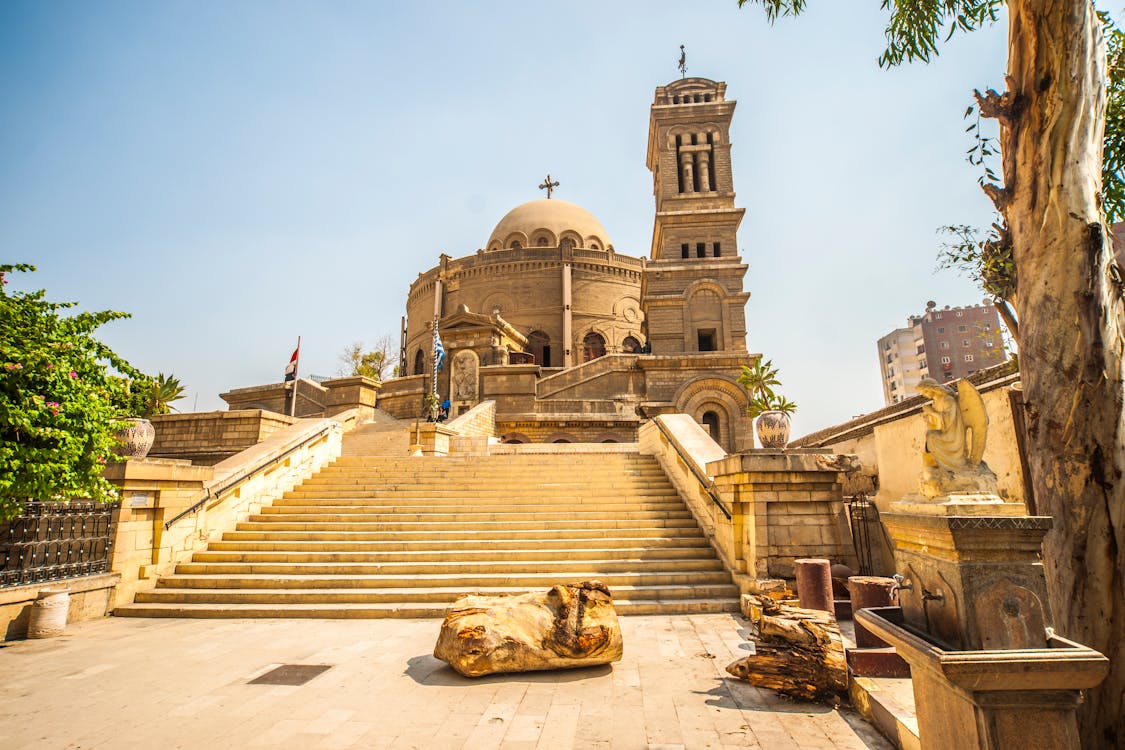Pilgrimage has been a cornerstone of Christian faith for centuries, serving as a spiritual journey that fosters repentance, renewal, and a deeper connection with God. In the Coptic Orthodox Church, pilgrimage is not merely an act of religious tourism but a profound expression of devotion, faith, and spiritual transformation. This article explores the religious rituals of pilgrimage in the Coptic Orthodox tradition, highlighting their significance, practices, and role in reinforcing Christian beliefs.
The Significance of Pilgrimage in the Coptic Orthodox Church
Pilgrimage in the Coptic Orthodox Church is deeply rooted in biblical tradition. From the Old Testament journeys to Jerusalem to the early Christian veneration of sacred sites, the act of pilgrimage has been a powerful means of seeking God’s presence. Coptic Christians undertake pilgrimages to various holy sites, including monasteries, churches, and places associated with the Holy Family’s flight to Egypt.
Pilgrimage is considered an opportunity for believers to seek spiritual purification, healing, and blessings. Many Copts embark on these sacred journeys to express gratitude, seek divine intervention, or fulfill a vow made to God. The journey itself is viewed as an act of repentance, allowing pilgrims to leave behind their worldly burdens and focus on their relationship with God.
Key Pilgrimage Sites in the Coptic Orthodox Church
Several key pilgrimage sites hold profound significance for Coptic Christians. Some of the most revered include:
1. The Monastery of Saint Anthony
- Located in the Eastern Desert of Egypt, the Monastery of Saint Anthony is one of the oldest Christian monastic sites in the world.
- Pilgrims visit to seek spiritual guidance, participate in prayers, and experience the monastic way of life.
- The site is associated with St. Anthony, the father of monasticism, whose ascetic teachings continue to inspire Christian devotion.
2. The Monastery of Saint Catherine
- Situated in Sinai, this historic monastery is home to the famous Burning Bush and a significant collection of Christian relics and manuscripts.
- Pilgrims ascend Mount Sinai, retracing the steps of Moses, in a symbolic act of seeking divine revelation and repentance.
3. The Churches of the Holy Family’s Journey in Egypt
- According to Coptic tradition, the Holy Family fled to Egypt to escape King Herod’s persecution.
- Many churches and monasteries commemorate their journey, including the Church of Abu Serga in Old Cairo and the Monastery of Al-Muharraq in Assiut.
- These sites serve as a reminder of God’s providence and protection.
Rituals and Practices of Pilgrimage
Pilgrimage in the Coptic Orthodox Church is accompanied by various religious rituals designed to deepen the spiritual experience. These rituals include:
1. Prayer and Fasting
- Pilgrims often prepare for their journey through prayer and fasting, seeking spiritual purification before setting out.
- Many pilgrims engage in continuous prayers and participate in the Divine Liturgy at the sacred site.
2. Confession and Repentance
- A core aspect of Coptic pilgrimage is confession, where pilgrims seek absolution for their sins.
- This act symbolizes spiritual renewal and aligns with the belief that pilgrimage is a journey of repentance.
3. Participation in the Holy Liturgy
- Pilgrims attend the Divine Liturgy at the holy site, receiving the Holy Eucharist as a source of spiritual nourishment.
- The liturgical experience reinforces the connection between the pilgrim and the sacred space.
4. Anointing with Holy Oil
- Many pilgrimage sites have sacred relics and healing oils that believers use for anointing.
- The anointing ritual is believed to bring physical and spiritual healing.
5. Lighting Candles and Offering Vows
- Pilgrims often light candles and present offerings as a sign of devotion and thanksgiving.
- Vows made during pilgrimage are acts of commitment to God and may involve charitable deeds or personal spiritual improvements.
The Transformative Power of Pilgrimage
A Coptic Orthodox pilgrimage is not just a physical journey but a profound spiritual experience that leaves a lasting impact on believers. The rituals performed, prayers offered, and encounters with sacred spaces serve to strengthen faith and inspire a renewed commitment to Christian teachings. Pilgrims return from their journey with a deeper sense of peace, faith, and a heightened awareness of God’s presence in their lives.
In essence, pilgrimage in the Coptic Orthodox Church is a journey toward repentance and faith, offering a sacred space for believers to reconnect with God and seek His grace. As Coptic Christians continue this ancient tradition, they reaffirm their spiritual heritage and the timeless values of devotion, humility, and divine love.
Conclusion
The religious rituals of pilgrimage in the Coptic Orthodox Church serve as a bridge between the earthly and the divine. By engaging in prayer, fasting, confession, and sacred worship at holy sites, pilgrims experience spiritual renewal and draw closer to God. These journeys not only honor the traditions of early Christians but also reaffirm the enduring power of faith in guiding believers toward salvation. Whether visiting monasteries, churches, or sites linked to the Holy Family, Coptic pilgrims embark on a sacred path of repentance, healing, and divine connection, making pilgrimage an essential practice in their spiritual lives.
Sacred Christian Pilgrimage Organization is a non-profit organization devoted to inspiring spiritual growth through Christian pilgrimage. We create content to guide and support individuals on meaningful journeys of faith.





